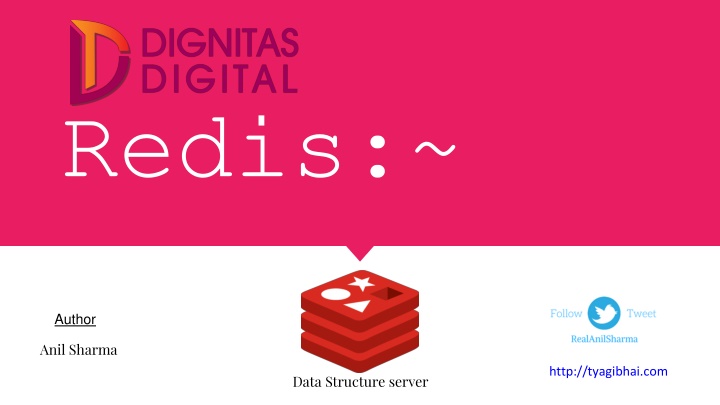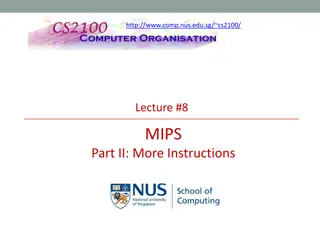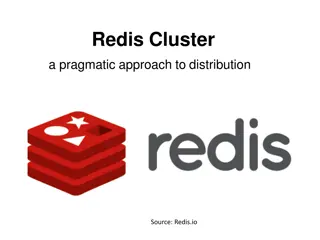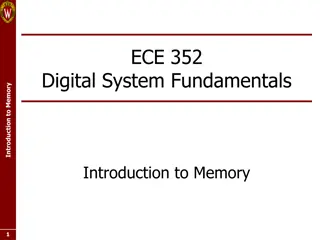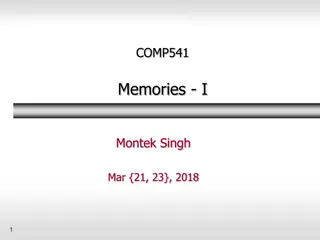Redis: In-Memory Data Structure Store and Message Broker
Redis is an open-source, in-memory data structure store that serves as a database, cache, and message broker. It supports various data structures like strings, hashes, lists, sets, sorted sets, bitmaps, hyperloglogs, and geospatial indexes. Redis provides features such as replication, Lua scripting, eviction policies, transactions, and different levels of persistence. It ensures high availability through Redis Sentinel and automatic partitioning with Redis Cluster. Redis excels in delivering ridiculously fast performance and low latency, making it an ideal choice for applications requiring high-speed data operations.
Download Presentation

Please find below an Image/Link to download the presentation.
The content on the website is provided AS IS for your information and personal use only. It may not be sold, licensed, or shared on other websites without obtaining consent from the author.If you encounter any issues during the download, it is possible that the publisher has removed the file from their server.
You are allowed to download the files provided on this website for personal or commercial use, subject to the condition that they are used lawfully. All files are the property of their respective owners.
The content on the website is provided AS IS for your information and personal use only. It may not be sold, licensed, or shared on other websites without obtaining consent from the author.
E N D
Presentation Transcript
Redis:~ Author Anil Sharma http://tyagibhai.com Data Structure server
What is Redis? It stands for Remote Directory Server Redis is an open source (BSD licensed), in-memory data structure store, used as a database, cache and message broker. It supports data structures such as strings, hashes, lists, sets, sorted sets with range queries, bitmaps, hyperloglogs and geospatial indexes with radius queries. Redis has built-in replication, Lua scripting, LRU eviction, transactions and different levels of on-disk persistence, and provides high availability via Redis Sentinel and automatic partitioning with Redis Cluster.
Who is using redis? source:http://techstacks.io/tech/redis
Ridiculously fast/Low latency Data structure storage Open source and easy to use Replication and persistence Support for your favorite development language Auto expire Transactions and Event queue/PubSub Lua scripting
Page Caching / Session caching / Cookie Storage / Search Engine Counter / Analytics / Fraud Detection Data that expires / Leaderboards Ad targeting Messaging High I/O workload Geo searches Configuration management
Data Types: Strings a sequence of binary safe bytes up to 512 MB Hashes a collection of key value pairs Lists an in-insertion-order collection of strings Sets a collection of unique strings with no ordering Sorted sets a collection of unique strings ordered by user defined scoring Bitmaps Hyperloglogs Geospatial indexes with radius queries
Namespacing: We can use . or - to make it easy Ex. Video.category.id.downloads Video.category.id.likes Video.category.id.comments Image.category.id.downloads User.id.userinfo User.id.lastLogin
What is redis not good for 1. Neither SQL nor NoSQL 2. Need ACID Transaction 3. Every byte is precious 4. Single threading 5. Memory problem 6. Security
http://try.redis.io/ http://try.redis.io/
Thankyou Ask question : goo.gl/slides/qqgryu Tweet : @realAnilSharma with #Redis
